Guler Ice Caves
Guler Ice Caves Attraction Description
Tucked away in the Gifford Pinchot National Forest just north of Trout Lake, the Guler Ice Cave is one of those places that feels straight out of another world. Step down the ladder and you’re instantly transported into an underground chamber where the air hangs cold and still, and the walls glisten with frozen ice sculptures that look like something out of a fairytale. It’s the most well-known lava tube in a region that hides dozens of others—though the Forest Service keeps the rest quiet to protect fragile ecosystems and local bat colonies from disturbance and white-nose syndrome. Guler Ice Cave, however, is open to explore and rewards anyone willing to brave the chill with an unforgettable experience.
The cave stretches for roughly 650 feet, broken into multiple sections separated by collapsed lava sinks. These passages were formed thousands of years ago—roughly 12,000 to 18,000 years back—when molten lava poured from the volcano that once filled what’s now Lake Wapiki. As the outer surface of the lava flow cooled, the interior continued to move, leaving behind hollow tubes like this one. Today, those ancient flows have become a subterranean maze of passageways, ice floors, and natural bridges that tell a story of fire and ice colliding beneath Mount Adams.
A Chill with a History
Long before the Forest Service ever installed ladders and signage, this cave was known to the Indigenous people of the region. Local tribes used the naturally refrigerated chambers to store huckleberries and water during the warmer months. Later, in the mid-1800s, early settlers discovered the same feature was perfect for harvesting ice. Wagonloads of frozen blocks were hauled down to Hood River and The Dalles to cool drinks and preserve food long before electric refrigeration existed. By the late 1800s, a man named Christian Guler—whose name the cave now bears—ran a small commercial operation here, storing produce until it was time to ship to market. It’s a reminder that this natural wonder wasn’t just a curiosity; it was part of daily life for the people who lived in the shadow of Mount Adams.
Exploring the Underground
The main entrance sits within the Ice Cave Campground, a quiet spot surrounded by towering evergreens. From there, a ladder drops about 15 feet into the first chamber—often referred to as the Crystal Grotto. Even in the middle of summer, the temperature inside hovers near freezing, and the floor is coated in slick ice. Spiked shoes or sturdy boots are a must due to how slippery the cave floor can get. Once you reach the bottom, the air gets noticeably heavier, and you can see your breath plume in your headlamp beam. As you move deeper in, light from above fades until it’s just you, your flashlight, and the eerie glow of the frozen floor beneath your feet.
Most visitors explore the first 100 to 150 feet of the cave where the formations are most dramatic. Ice stalactites hang from the ceiling while thick columns—stalagmites—rise from the ground, meeting in glassy towers that look like frozen waterfalls. If you continue farther, you’ll find narrow tunnels where you’ll need to crawl or squeeze through. A short, broad passage to the right takes you into the Crack Room, a low, oval chamber with a smooth lava floor and tiny fissures in the rock. Near here, a natural lava bridge stretches across the ceiling like an ancient stone archway. These inner sections are less traveled, but for the adventurous, they offer a glimpse of the raw, untouched beauty that’s been forming and melting for centuries.
Seasonal Magic
The Guler Ice Cave is accessible year-round, but the experience changes with the seasons. In early spring—typically before mid-April—the ice formations are at their best. Meltwater from snow above drips through cracks in the rock and freezes into intricate crystalline shapes, creating what looks like a hidden palace of ice. By summer, the displays begin to melt, though the cave remains cold and atmospheric. In winter, when the snow is deep and the access road (FR 24) is closed, reaching the cave requires a short snowshoe or cross-country ski from the Atkisson Sno-Park. The trek adds to the adventure—just be sure to bring a Sno-Park permit and bundle up. Inside, the cave remains frozen solid, with huge ice floors and stalagmites that last well into the warmer months before refreezing again in late fall.
Tips for Your Visit
No matter when you go, come prepared. The temperature inside the cave stays right around freezing, so dress in layers, wear waterproof boots with good traction, and bring gloves. A reliable headlamp is essential, and a backup light is strongly recommended—this cave gets dark fast. A helmet isn’t required, but if you’re prone to bumping your head (especially in the lower tunnels), it’s not a bad idea. For photographers, a bright flashlight or lantern can help illuminate the ice formations beautifully—try lighting them from behind to make the crystals glow.
If you’re visiting in winter, the Atkisson Sno-Park provides an easy access point about six miles north of Trout Lake. From there, it’s about a mile-and-a-half snowshoe or hike to the Ice Cave picnic area. The path is usually packed but can get soft in warm weather, so snowshoes are a good call. There’s a warming hut at the Sno-Park and interpretive signs at the cave entrance explaining its geology and history.
A Frozen Adventure Worth the Drive
Whether you’re a geology buff, a photographer, or just someone who loves a good off-the-beaten-path adventure, the Guler Ice Cave is one of those rare spots where science, history, and mystery come together. From its volcanic origins to its icy interior, this cave has been quietly evolving for millennia—and still offers a little magic to anyone willing to step into the darkness. Just remember: bring your flashlight, your sense of adventure, and maybe an extra pair of dry socks for the hike back.
Check out the Caves of Washington publication by William Halliday for even more information on the caves in the area.
Guler Ice Caves Map
Videos
Weather for Guler Ice Caves
Guler Ice Caves Campground Photos
Nearby Campgrounds
Other Nearby Attractions/Activites
|
Starvation Creek Falls No image for this location. 19.2 Miles Away
|
Hole-in-the-Wall Falls No image for this location. 19.3 Miles Away
|


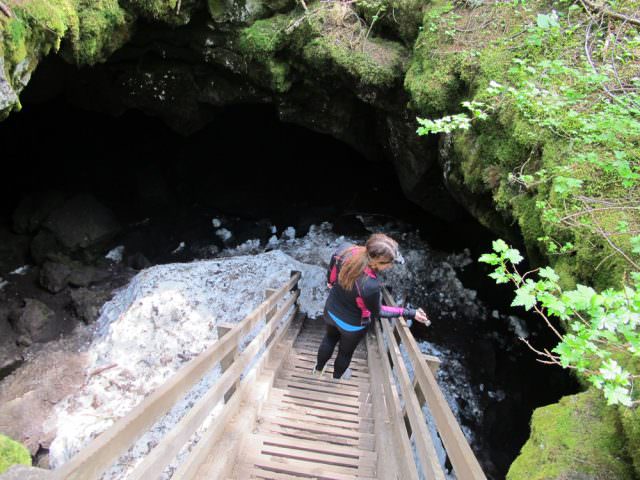
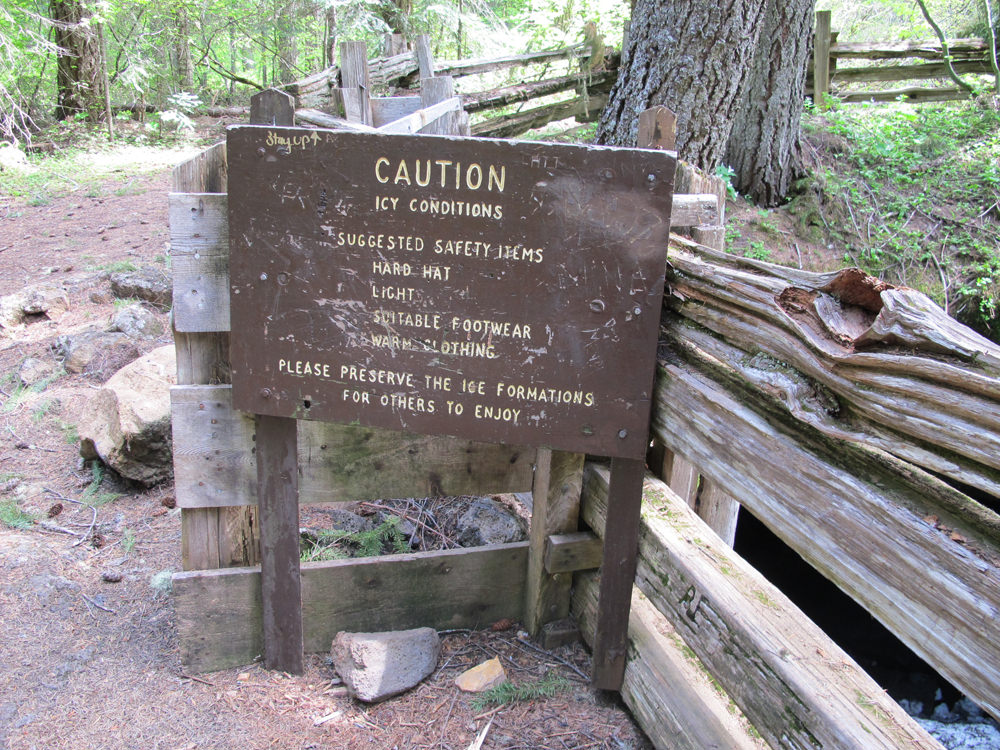
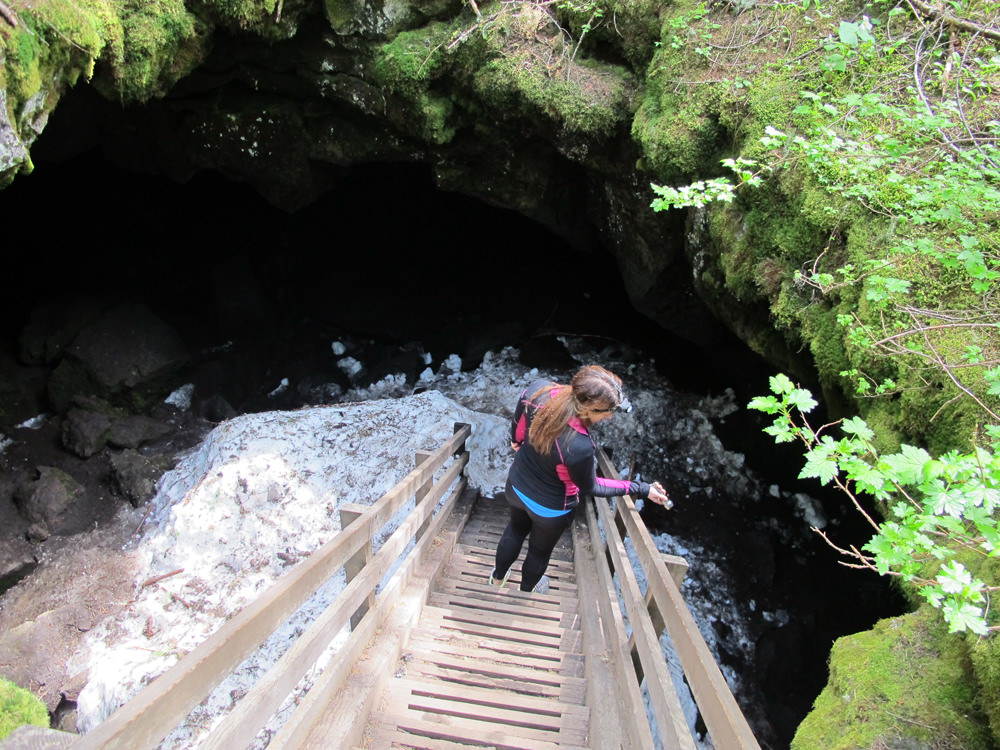
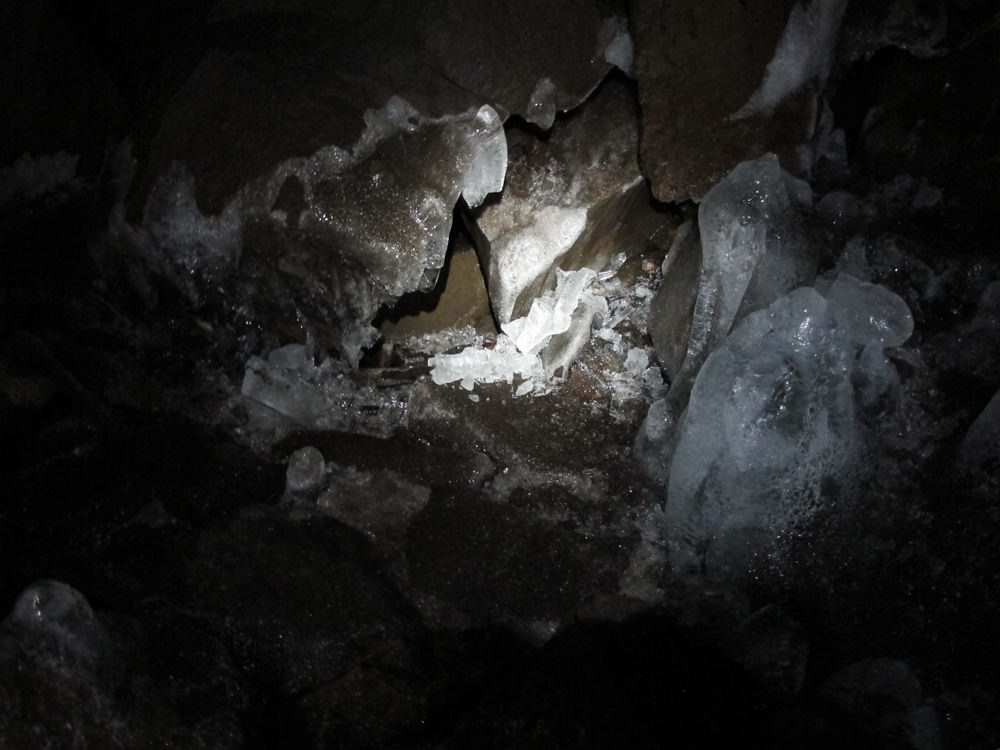
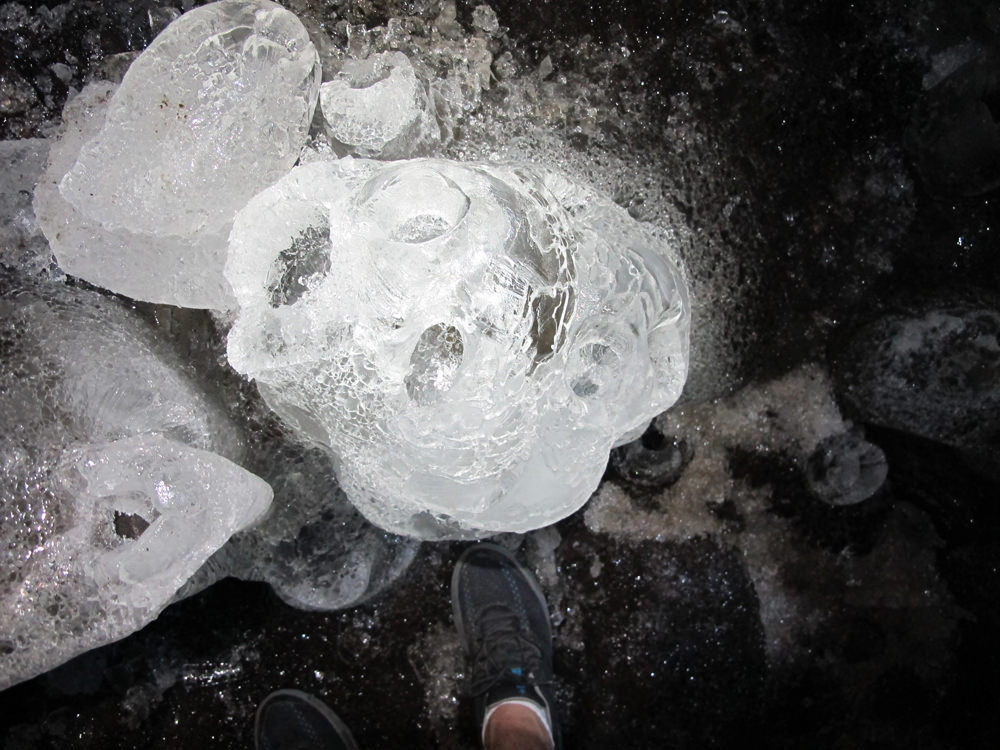
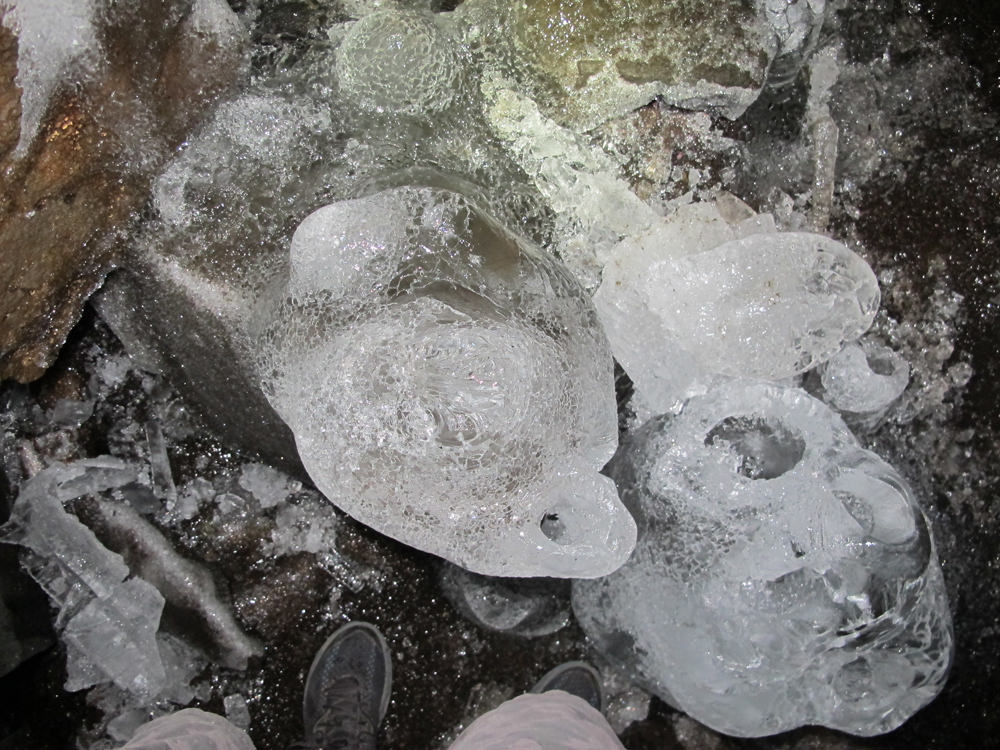


No Title
No Title
Comments/Questions